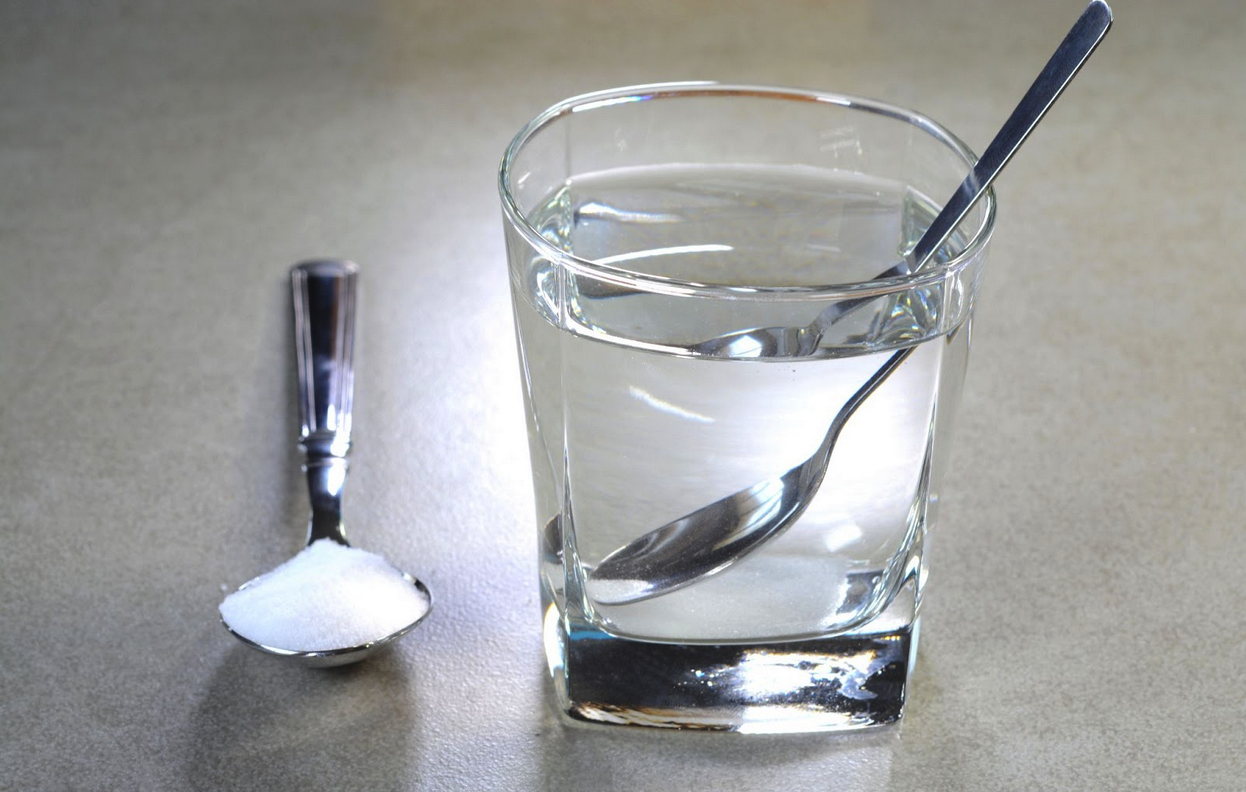But what is POTS Syndrome? What are POTS syndrome symptoms? Does it only occur after COVID? What other factors can trigger POTS? Let’s explain POTS syndrome and discuss how it is connected to Covid.
POTS Explained
Symptoms increase with standing and commonly include fatigue, brain fog, and a fast heartbeat.
Postural Orthostatic Tachycardia Syndrome (POTS) is a condition that causes the autonomic nervous system (ANS) to malfunction. The ANS controls everything that happens “automatically” in the body, such as breathing, digestion, blood pressure, and heart rate. Symptoms such as a fast heart rate, dizziness, fatigue, or digestive problems occur and often worsen in the upright position.
Someone with POTS may feel better while seated or lying down. Elevating the feet above the head may also be helpful. A person may do these things unconsciously, especially if symptoms come on gradually over time. They sit down more than stand, put their feet up on a chair, or frequently need to “rest” and lay down.
POTS can significantly affect a persons day to day life. For many people with POTS, simple activities such as walking or doing housework become difficult. As many as 25% of young POTS patients file for disability. Fifty percent of students with POTS report it impacts their education (1). If someone can work, it is not unusual to have problems keeping up with work duties or even losing their job due to the effects of POTS.
Is POTS Common?
As many as 70 million people worldwide have some form of POTS.
Between 1 and 3 million of those live in the United States. It is most common in women but also happens in boys and men. (2). Due to increasing awareness of POTS occurring after COVID infections, these numbers can be expected to rise.
What Causes POTS?
There is no single cause for POTS.
It does run in families but also occurs after viral infections, prolonged inflammation (autoimmune conditions or chronic stress), trauma, or injury. Pregnancy is also a common trigger.
Most recently, POTS is being seen after COVID-19 infections as a component of long-haul COVID.(3).
POTS also happens simultaneously with other conditions, including Mast Cell Activation Syndrome, autoimmune diseases, Ehler’s Danlos, SIBO, and other conditions.
POTS and COVID
Covid can trigger POTS.
Long haul COVID symptoms can be frustrating and debilitating. About 1/3 of people who have had Covid experience symptoms for weeks to months after the acute symptoms of Covid are gone. POTS is one of the conditions being seen in Covid long haulers. The majority of post-Covid POTS occurs in people who had very mild cases of POTS or were asymptomatic.
Anyone who has had COVID is at risk of developing POTS syndrome symptoms. Still, researchers are looking into risk factors such as prior concussion, dizziness, or palpitations that may place people at higher risk. The science isn’t precise yet on who is most at risk, but researchers are working on it.
How Is POTS Diagnosed?
Arriving at a diagnosis of POTS can take years.
Because POTS syndrome symptoms can come on slowly and be vague, POTS is frequently not considered a diagnosis. Most patients may not be correctly diagnosed for months or years. With Long haul Covid or other viral infections, the onset is more abrupt, and the time to diagnosis may be shorter.
Patients typically visit numerous doctors before getting an accurate diagnosis, if they get diagnosed at all.
A screening test can be done at your doctor’s office after a thorough history and exam. Confirmation testing is done via a tilt table test and is the gold standard for POTS diagnosis. It measures changes in heart rate and blood pressure as you change position or posture throughout the test. A neurologist or cardiologist usually performs this.
Treatment For POTS
Diet, water, and lifestyle changes significantly improve symptoms.
The following lifestyle and dietary modifications can help manage POTS. Prescription medications may be needed in addition to lifestyle changes, but their use is beyond the scope of this article.

Water
Hydration is the most critical lifestyle modification used for POTS management.
Drinking at least 2 liters of water daily is recommended. Adequate salt intake is also essential, and 3-5 grams/day is suggested if someone suffers from POTS. Often salt tablets are used to increase salt intake and help maintain fluid status.
Diet
Dietary changes are often helpful in treating POTS, but research is scant on the optimal diet for POTS.
- Small frequent meals decrease symptoms that occur after eating. Blood goes to the stomach to aid in digestion, which often causes symptoms after eating. Smaller meals reduce this effect.
- The low histamine diet is gaining favor for POTS management, but there is no research to date on its effectiveness.
- Decreasing total daily carbohydrate intake is often beneficial (Mathias, CJ Other Autonomic Disorders, National Dysautonomia Patient Conference May 2000).
- Caffeine may be helpful to some POTS patients and worsen symptoms in others.
- Gluten and POTs have a connection. A gluten-free diet is helpful for some people with POTS, but not all.
- I have also noticed improvement with POTS by removing other food items such as dairy, eggs, and yeast. Still, these are on an individual basis and can only be determined with an elimination diet.
- Further research into the effect of particular foods is needed.
Related Article: The Low Histamine Diet; What Is It And Does It Work?
Lifestyle Modifications
- Avoid prolonged sitting or standing
- Avoid warm environments
- Minimize medications that dilate blood vessels
- Avoid alcohol-it worsens symptoms
- Use pressure garments, such as support hose
- Assure adequate, regular sleep. Elevate the head of the bed while sleeping.
- Avoid stressful situations as much as possible.
Exercise

Exercise is a cornerstone of long-term improvement.
Often, patients go to physical therapy to improve exercise tolerance at the beginning of treatment. In the beginning, only 1-2 minutes of exercise may be tolerated. It is vital to use lifestyle modifications and, if necessary, supplements or medications to bridge the treatment to increase exercise tolerance. The goal is to increase exercise and decrease medication gradually. Long term, exercise helps maintain the vascular tone and minimize symptoms. It often allows discontinuation or minimization of medication.
Adjust Your Posture
- Sit in a lower chair or with knees in a knee-chest position
- Squat rather than stand if possible
- Stand with legs crossed and contract muscles while standing
- Bend forward when possible, for example, on a shopping cart if shopping
Treat Conditions That Worsen POTS Symptoms
Certain conditions such as asthma, food intolerances, SIBO, pain, pelvic congestion, anxiety, migraines, and infections can worsen POTS symptoms. New medical issues should be addressed immediately if they occur.
Medications
Many medications are used in POTS treatment and include those that increase blood volume, are stimulants, or improve vasoconstriction. The specifics of the medications and their use are beyond the scope of this article. For more information on medications, click here.
Vitamins & Supplements
Several supplements have been used as adjunctive treatment to lifestyle modifications.
They include:
- Butcher’s broom
- Magnesium
- Licorice root
- Magnesium
- Potassium magnesium
- Carnitine
- Co-Q10
- Adrenal supplements
- Adaptogens
*All supplements should be used under physician guidance
Stress Reduction
Stress worsens POTS symptoms. Daily relaxation exercises help manage symptoms. Possibilities include meditation, journaling, yoga, tai chi, and breathing or muscle relaxation exercises.
What You Can Do
Getting a diagnosis is the first step. Your health care provider may not have POTS on their radar. It is always ok to bring it up to them as a possibility. Bringing in an article on POTs from a research institution to educate them is always helpful.
You may have never heard of POTS before today. But if you know someone who struggles with some of the described symptoms and is searching for answers, POTS might be a possibility. This information may be life-changing for them.
Resources For POTS
John’s Hopkins Chronic Fatigue Clinic PDF by Dr. Peter Rowe with additional resources
Dysautonomia information network – Patient Support Network
POTS Treatment Centers
Videos About POTS
Recent Research On POTS





